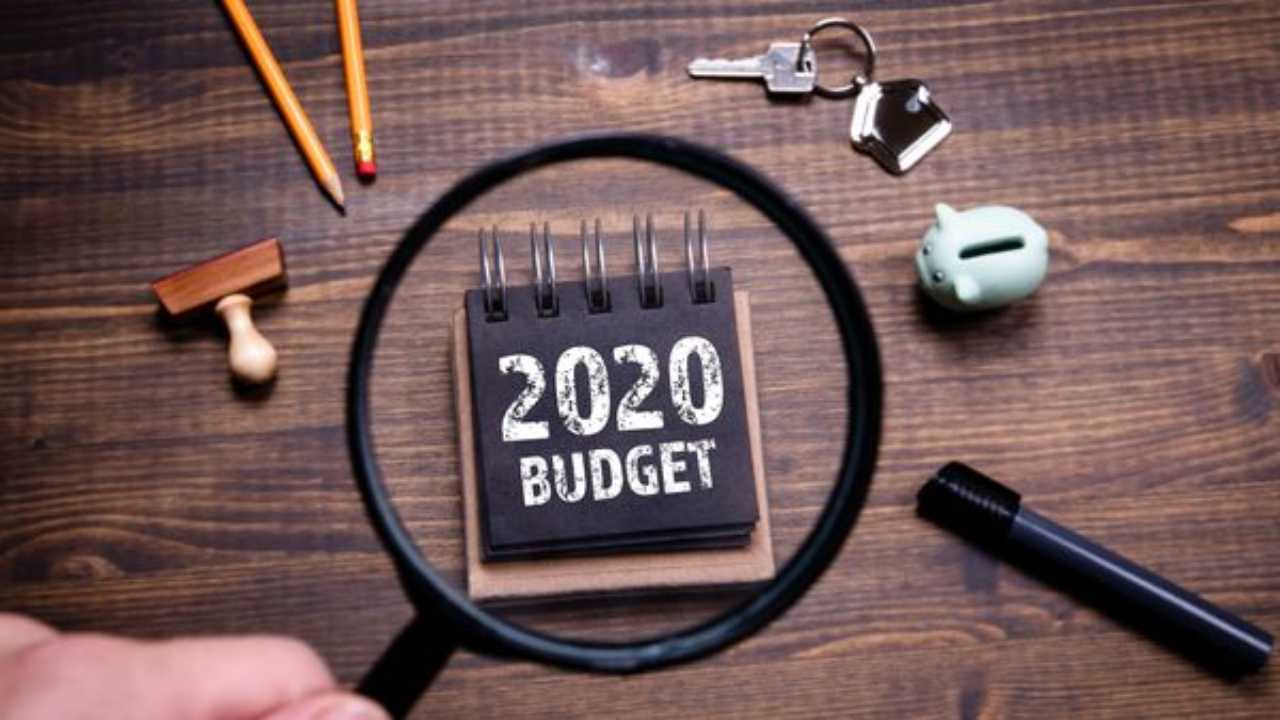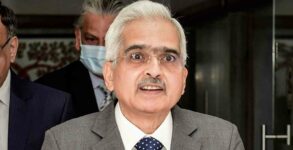Public discourse on the Indian economy recently has been centered on the debate over GDP growth and unemployment. The Indian economy has been struggling with a prolonged slowdown, the worst in a decade. Most of the global institutes including the IMF, the World Bank and the UN have revised India’s GDP growth forecast to the lower side. India’s core sector output has been shrinking continuously for last several months. The unemployment rate has gone up over the past year. Tax collections are lower than the Budget estimates. The fiscal deficit target for this fiscal seems unreachable in the light of subdued tax collections. The government will miss its deficit estimates for a third straight year.
Private investments are not improving. Investment rate is expected to crash to just one per cent for the fiscal. Inflation has been rising in the recent months. Consumption is on a declining slope. MSMEs are shutting down businesses because of disruptive policies and complexity of tax burdens.
Over the last quarters, the Union Government has made few decisions and announced some interventions to revive the economy. The corporate tax rate cut announced in September 2019 didn’t offer any positive movement for new opportunities for job creation as corporates are struggling to clean their balance sheets. A targeted fund for reviving the stuck projects in the realty sector has not revived the demand in the sector. The National Infrastructure Pipeline remains a tall order without any time-bound project planning and resource streamlining for the capital expenditure.
Efforts for the disinvestment of PSUs has not yielded much success as less than a fifth of the target have been achieved so far. Easing of interest rates by the Reserve Bank of India has been paused due to steadily rising inflation. The exercise of recapitalisation of banks has not solved the liquidity and solvency issues of NBFCs. Import curbs placed on several commodities and goods have not been able to give wings to ‘Make in India’ campaign. Though India jumped to a better position in the ‘Ease of Doing Business’ index, but it is meaningless, as it has so far failed to bring desired foreign investment.
In this context, industrialists, economists, analysts, common people – all are pinning their hopes on the 2020 Union Budget for a turnaround. The hard truth is that wholesale changes are needed to kick-off a turnaround. The Budget 2020 needs to offer a significant number of favourable reforms for the economy to revive. It is obvious that the government needs to intervene by focusing on ramping up capital expenditure, increasing consumption, credit expansion and exports growth. The central question is whether the government is going to offer policy tweaks alone or serious structural reforms along with these. The goal of 5 trillion dollar economy is unimaginable in a shorter term without a well-defined reform trajectory. Will the government muster courage to go for the structural reforms including labour, judicial and contractual issues converting the current economic crisis into a golden opportunity to put Indian on a stronger growth footing remains to be seen?
Also read: PM announces Rs 20,000-cr defence industrial corridor in Bundelkhand
The government urgently needs to focus on the revival in private investment and credit growth. The surest way often has been fiscal stimulus to significantly increase the government expenditure with an aim to fix key infrastructure bottlenecks. Unless the government goes the extra mile to increase spending across several sectors, the bid to boost the economy will be futile. But here, the Budget 2020 must come clean on estimates of revenue and growth. Moreover, it can look to add avenues to infuse foreign capital and to borrow outside the Budget. This is required, but will not suffice to revive the economy from its worst crisis in the recent history. These measures may provide some boost to growth over the coming quarters. Whenever investment and export growth have faltered, we have often looked at the consumption side. But, investment side efforts alone are not offering a clear ray of hope when the demand is very sluggish.
The demand side can be revived by going for cuts in personal taxes, infusing money in the rural economy (this should be in addition to increased agriculture-related spending including irrigation), and offering incentives in the form of lower taxes to job driven sectors including the auto sector and housing/real estate. Any substantial reduction in personal tax rates will boost retail consumption especially in urban areas. In doing so, the government may be forced to look at revising the target of fiscal deficit for a year or two. If these measures are combined with efforts of respecting the economic value created by MSMEs, the economy may be on a slow but firm recovery path. The idea of simplification and unification of India’s complicated tax-structure –‘one country, one tax’ has to be brought to life in letter and spirit.
Also read: Private consumption slows, Indian economy seen ‘fraught with risks’
We will get to know soon about the direction that Budget 2020 may give to the Indian economy, whether it has offered magic bullets to cure the ailing sectors, and whether around 5% GDP growth will become the new normal in near future. However, any announcement in the Budget cannot tell us when the economy will start firing on all cylinders. The Indian economy is likely to take longer time to get back on track. If the government choses to go ahead with mere policy tweaks on the consumption and demand side and leaving the structural reforms untouched, creating a 5 trillion dollar economy by the year 2024 may yet remain a pipe dream. Let’s hope that the government looks at the big picture.

















